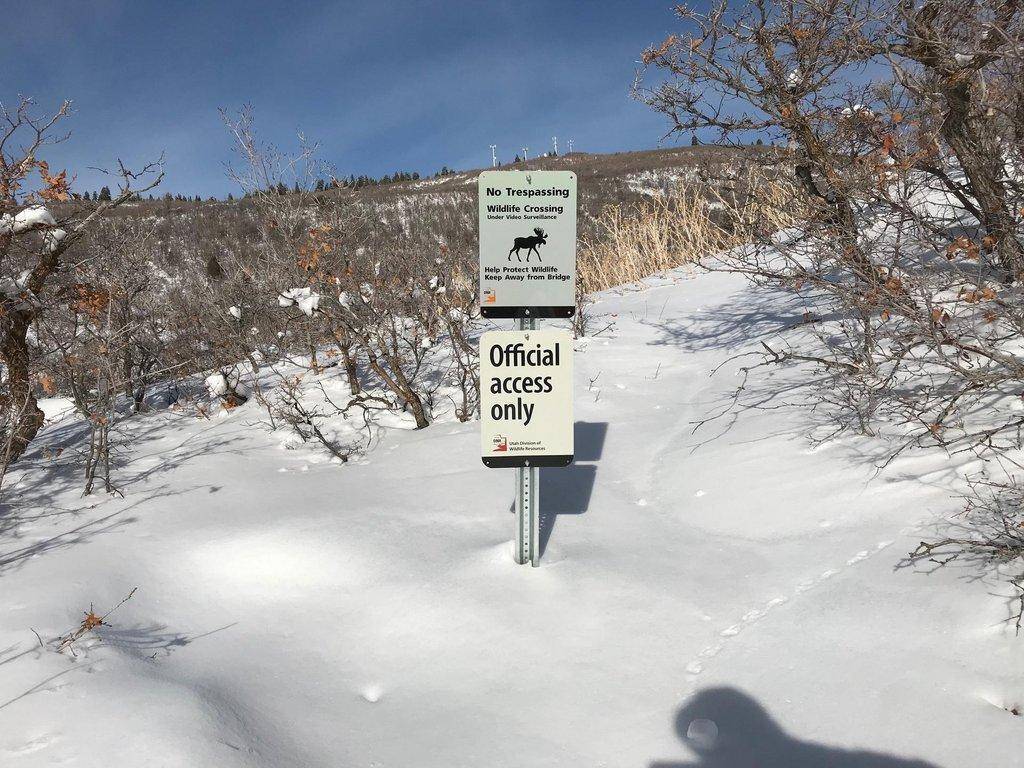DWR News Release
SALT LAKE CITY — A lot of bills were passed during the 2020 legislative session, and Wednesday is the deadline for Gov. Gary Herbert to sign or veto them. Here are five that were signed into law this legislative session that impact wildlife and outdoor recreation in Utah that you should know about.
This law will help prevent the spread of aquatic invasive species, like quagga mussels, which have infested Lake Powell. The law includes several new changes that boaters should be aware of, including a $20 fee for non-resident boaters who launch a watercraft on any waterbody in Utah. The law also requires all boat owners to complete an online Utah Division of Wildlife Resources education course about preventing the spread of quagga mussels, and to show proof of the course completion before they launch at a Utah waterbody.
In addition, the new law requires anyone transporting a boat on a Utah highway, which includes any public road, street, bridge or other public-use structure, to remove all drain plugs from the boat and to drain all water from the live wells, bilges, ballast tanks or other similar compartments on the watercraft. Boats must be transported with all drain plugs removed. Anyone who fails to do so could be cited with a class C misdemeanor.
The law also directs the DWR to study the options and feasibility of implementing an automated system that can scan, photograph and provide real-time information about when a boat last entered a Utah waterbody and when the boat was last decontaminated. The study will be presented by Nov. 30, and a pilot program will be launched before May 1, 2021.
This law goes into effect on July 1.
HCR 24: Concurrent Resolution on Quagga Mussels
This resolution acknowledges the importance of keeping quagga mussels from spreading from Lake Powell to other Utah waterbodies. The state of Utah has invested millions of dollars and substantial resources in preventing this spread through watercraft inspection and decontamination efforts, staff training, law enforcement checkpoints, and biological monitoring efforts.
The resolution urges continued cooperation and support by the federal government — in particular the National Park Service — to help prevent the spread of invasive quagga mussels at Lake Powell by allocating funds, dedicating staff time to containing quagga mussels, and improving the inspection and decontamination processes for watercraft.
HB 125: Division of Wildlife Resources Amendments (Predator management bill)
This law authorizes the DWR director to take immediate action (under certain conditions) when a big game population is under the established herd-size objective for a management unit.
As a result of the new legislation, DWR biologists will draft management strategies to decrease the number of specific predator species in certain parts of the state, if deemed necessary. The predator species that prey on big game populations, such as deer and elk, include cougars, bears and coyotes.
New data from GPS collars helps DWR biologists determine the cause of death for many species. When biologists determine that predators are preventing the growth of big game populations, when big game populations are below their management objectives, or when several other conditions exist, the predator-management strategies will be implemented.
“Predator control may allow a suppressed, low-density deer population to increase,” DWR Game Mammals Coordinator Darren DeBloois said. “These predator-management strategies will only be considered when bighorn sheep populations are under 90% of their management objectives and/or have fewer than 125 individuals in a herd, when a deer population is being suppressed by predators, and when large population declines for big game occur or are anticipated.”
HCR 13: Concurrent Resolution Supporting the Protection and Restoration of Wildlife Corridors
This resolution acknowledges the importance of wildlife migration corridors and promotes increasing wildlife and motorist safety in these areas. From 1992 to 2005, the Utah Highway Patrol reported to the Utah Department of Transportation that there were 30,500 wildlife-vehicle collisions, most of which involved deer, elk and moose. There were over 2,000 reported injuries and 18 reported deaths due to wildlife-vehicle collisions. States, including Utah, that have implemented wildlife crossings on roadways have seen a 40-90% decrease in wildlife-vehicle collisions.
The resolution encourages the DWR and other partners to continue identifying wildlife migration corridors and forming plans to protect and enhance the areas, including the continued installation of wildlife crossings. The resolution also encourages state and local governments to adopt policies to protect and restore fish and wildlife connectivity and migration corridors and to promote road safety.
HB 233: Natural Resources Legacy Funding Amendments
This law created a fund, the Utah Natural Resources Legacy Fund, to help support non-game wildlife species in the state by providing funding for research, monitoring and management actions to reduce the likelihood of future species listings under the Endangered Species Act.
Part of the fund will also go toward preserving open spaces, addressing and mitigating impacts on wildlife habitat, and providing perpetual land and water access for hunting, fishing or trapping.
This law goes into effect July 1.
“We are confident that these bills, among others, will help us in our mission to effectively manage Utah’s wildlife,” DWR Director Mike Fowlks said.

